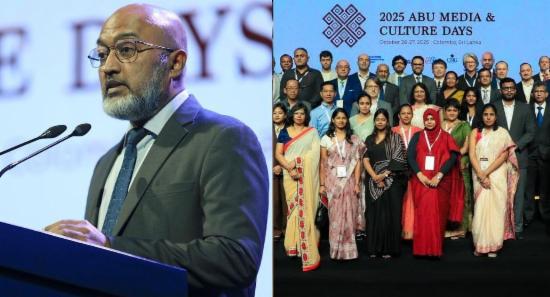.webp)
Will Sri Lanka's recent success with the IMF gild its economy?
Sri Lanka's continual negotiations with IMF chief and Managing Director Kristalina Georgieva, has proved conducive in obtaining the bailout that is so vital for restoring the bankrupt economy. Approval for the first tranche was received following a zoom meeting on Thursday between President Ranil Wickremesinghe and the IMF head and a $300 million is to be expected by the end of March. By the time the IMF's spring board meeting convenes, the $2.9 billion bailout agreement signed in September 2022 is expected to be approved. While Georgieva sympathized with the plight of Sri Lanka, President Wickremesinghe announced that the government had fulfilled the 15 conditions/reforms called for by the IMF agreement. Difficulties in securing financial assurance from Sri Lanka's creditors interfered with nailing down the bailout, but as 2023 dawned and the conditions were fulfilled, creditors began issuing letters of assurance beginning with the Paris club (that provided a 10 year debt moratorium), subsequently followed by India and today, China.
As Sri Lanka's largest creditor nation, as of December 2022, Sri Lanka owes $7.4 billion to Chinese lenders (China holds 52% of the island's external debt), naturally then, securing a debt moratorium from the East Asian hegemon would be challenging. However, as of January 2023, the Export-Import bank of China offered Sri Lanka a 2 year debt moratorium, this will not only facilitate securing the bailout but also increase the bankrupt country's access to capital markets. After a grueling 6 months the initial talks with the IMF have been concluded. The bailout brings with it, global investor confidence and clearance for the receipt of further financial assistance packages from the Asian Development Bank (ADB) and the World Bank. Now that China has provided the IMF with written support for the debt restructuring process, the country can be set on a more sustainable path towards economic recovery.
How will Sri Lanka use this bailout?
Over a period of 48 months, the IMF has pledged $2.9 billion to help restore the economic stability of the island. The loan while committing Sri Lanka to reforms, is also assuring creditors of the country's payment capacity. Since the IMF loan is accompanied by corrective reforms, it encourages the return of private investors and assist in gaining access to global markets that are currently closed to a bankrupt Sri Lanka ( Additionally it would also invite other lending firms like the World Bank and the ADB). The IMF is also invested in the structural recovery of the Sri Lankan economy through reforms that would build resilience against future recessions; for example, Central Bank autonomy, this is called precautionary financing.
Other Articles
Featured News





.png )
-819380_550x300.jpg)


-812087_550x300.jpg)
-810262_550x300.jpg)
-809496_550x300.jpg)













.webp)






